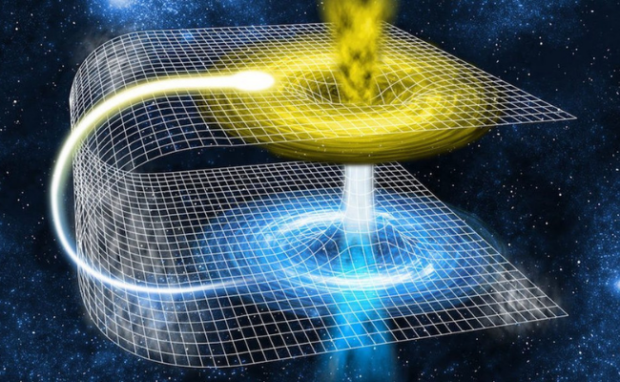Scientists ‘teleport’ data into devices, Star Trek-style
Researchers recently sent data to devices without physically sending any information. Modern communication relies on transmitting and receiving photons and electrons. However, their method uses quantum bits, or qubits, particles smaller than those two. As a result, they shared data by beaming them from thin air, similar to the sci-fi classic Star Trek.
We can send data over the air via wireless internet and radio. However, they must travel through physical space so others can intercept them en route to their destinations. By using quantum optics to send information, we might enter a new telecommunications age, providing unprecedented data security and privacy.
This article will discuss how this data teleportation works. Later, I will share one advantage and one disadvantage of this technology.
How do you ‘teleport’ data?
The researchers used quantum physics, the study of matter at the most fundamental level, to send data without physically doing so. Interesting Engineering explains they combined controlling special light patterns with quantum processes.
Phys.org says they tested their method using two entangled photons and a quantum resource. The team used a nonlinear optical detector that removes the need to transmit data with photons.
In other words, the data doesn’t have to travel via physical space. Instead, they use particles with two-dimensional states called qubits.
You may also like: Digital learning will replace classrooms in 25 years
They also have a huge advantage over sending bits via photons. Those only send data in binary code: 1s (signal) and 0s (no signal). However, quantum optics lets researchers send more complicated systems in a single instance, such as a face or a fingerprint.
Traditionally, two communicating parties physically send the information from one to the other, even in the quantum realm,” said Wits University Professor Andrew Forbes.
“Now, it is possible to teleport information so that it never physically travels across the connection—a ‘Star Trek’ technology made real,” he added.
What are the pros and cons of teleporting data?

Phys.org shared how we could use this advanced technology in real life: banking. Nowadays, we transfer funds via mobile apps like Venmo or GCash.
If you have Wi-Fi, its data will travel in the air and into your modem. Then, it will transmit that information through fiber optic cables and relay it to the app’s server.
The problem is people could intercept data in every step of that process. For example, someone with a fake hotspot could fool you into linking to the Internet using their device.
If your telecommunications provider faces a technical error, your data won’t reach its recipient. On the other hand, you could send your data using the quantum transport scheme.
As a result, the information will appear to your recipient as if it was teleported there. “This protocol has all the hallmarks of teleportation except for one essential ingredient: it requires a bright laser beam to make the nonlinear detector efficient so that the sender could know what is to be sent but doesn’t need to know,” Professor Forbes said.
You may also like: ChatGPT Helped Make The ‘My Philippines Travel Level’ Website
“In this sense, it is not strictly teleportation, but it could be in the future if the nonlinear detector could be made more efficient,” he added. Still, it gives us a new way of sending and receiving information.
“We hope that this experiment showing the feasibility of the process motivates further advances in the nonlinear optics community through pushing the limits towards a full quantum implementation,” says Dr. Adam Vallés from the Institute of Photonic Sciences.
However, he warned that malicious people might send substandard copies of their information. “We have to be cautious now, as this configuration could not prevent a cheating sender from keeping better copies of the information to be teleported,” Dr. Vallés said.
Conclusion
Scientists have developed a way to transmit and receive data without sending it physically. It uses quantum bits or qubits so that data appears like it is teleported.
Nowadays, they focus on improving this system with further research and development. Also, they are exploring other applications, such as using quantum transport with an optical fiber network.
Learn more about this study on its Nature Communications website. Moreover, check out the latest digital tips and trends at Inquirer Tech.